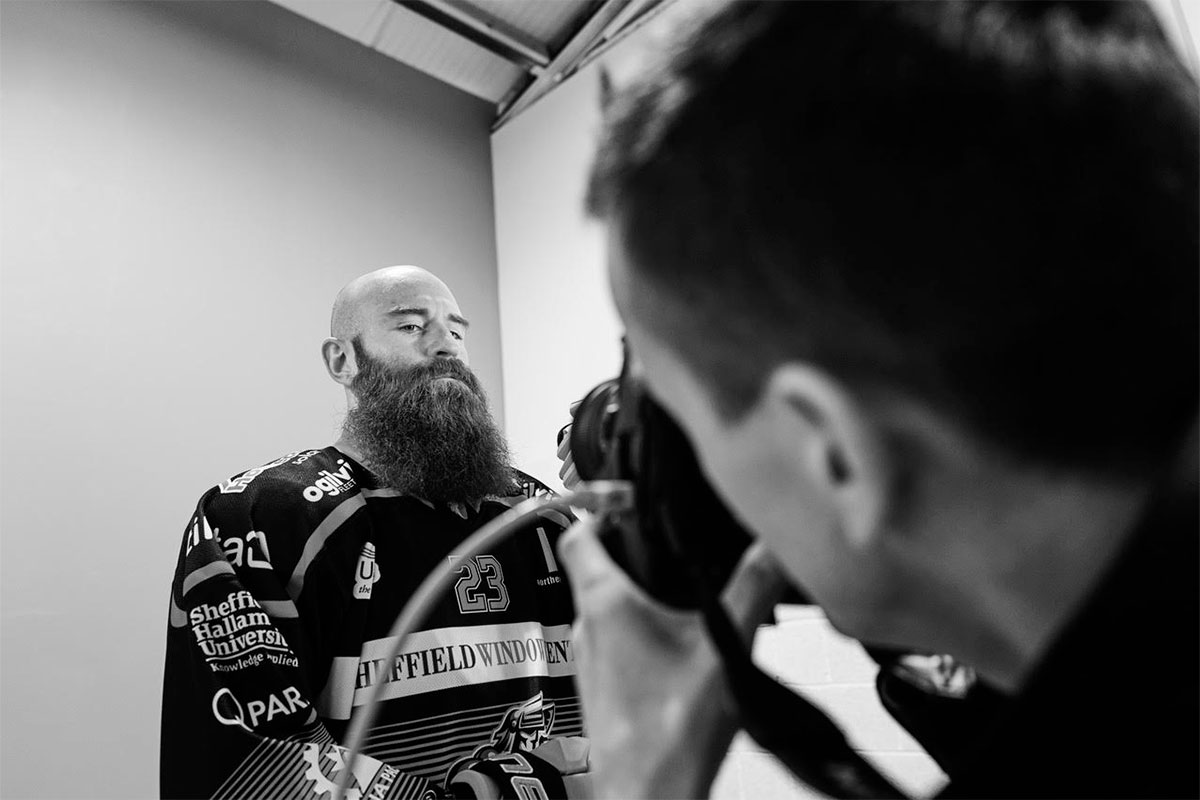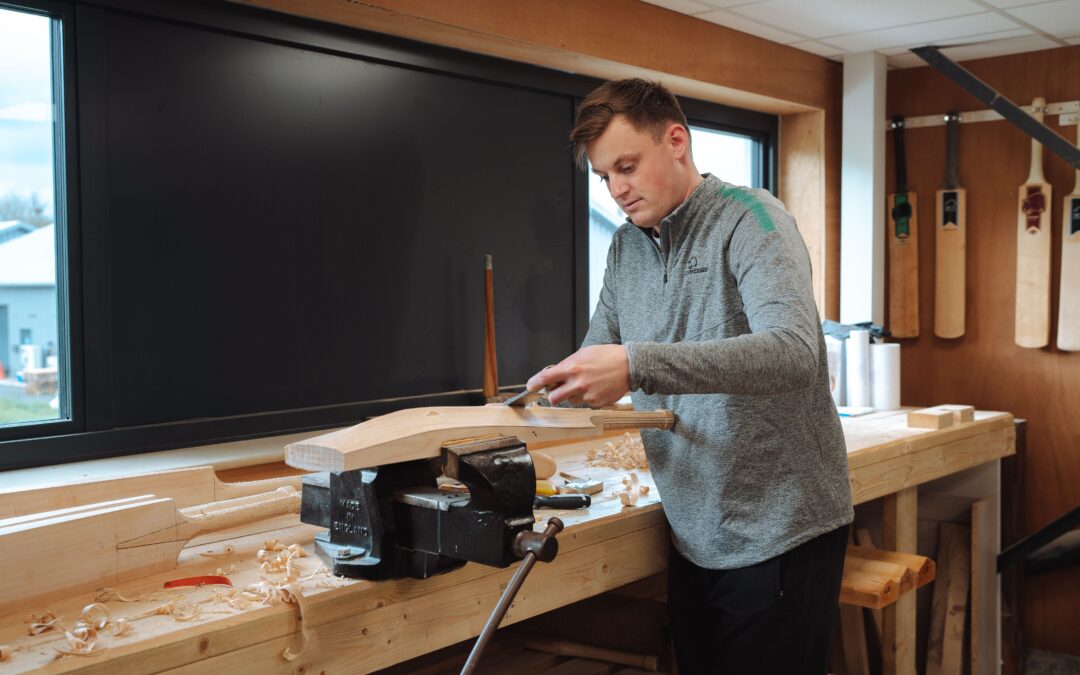It started with horses running through a thread; now it’s a high-drama highlight of athletics events. Sidelines tracks the history of the photo finish and speaks to someone who knows what it’s like to be the first person to know the winner…
The men’s 100m final at the 2024 Paris Olympic Games truly lived up to the hype. The brief but brutal showdown is always a centrepiece event for the Games and 2024 was no exception. American Noah Lyles bounced back from a semi-final defeat to Oblique Seville to deliver the gold.
Even by Olympic standards, it was an exceptionally fast race – Seville finished eighth but his time of 9.91 seconds would have put him fourth in 2020. First and eighth were separated by only 0.12 seconds in Paris, far too tight to leave to the naked eye, and that is where technology in sport (hold tight, football fans) can actually be a blessing.
Photo finishes are not only an accepted, but often adored part of athletics for the extra drama and tension they deliver – but with that all-important accuracy.
However, it’s not just technology that makes it happen. Behind the scenes, there are a team of officials doing a much more intricate job than fans realise to deliver the result as fast as they can.
Mark Delgado has worked at the European and World Athletics Championships, as well as local UK events, and is one of those with the complex task of decoding the photo finish and delivering the result. It is not a simple image to analyse.
“The camera is a special camera, it’s not like a normal camera that takes a wide view of the world,” Delgado explains. “It takes a photo, or many photos, of a one or two-millimetre slice of the leading edge of the finish line.”
“It takes those photos many thousands of times a second, depending on the camera and the event. What the software then does very cleverly is it provides a time-based view of that one or two millimetre slice by stringing out all those pictures together in a big block. So when you look at a photo finish picture, you’re looking at the same point in space over a period of time.”
It’s a difficult concept to understand – but effectively, a photo finish image is not one photo of where everyone was when the first athlete crossed the line. It’s thousands of tiny images of the finish line, stitched together, that show when each athlete crossed it. That tech explains why there are subtle differences between a ‘normal’ photo and a photo finish image.
Images courtesy of Mark Delgado
It’s an incredible technological feat – but technology doesn’t do all the work. In athletics, what matters is when the first point of an athlete’s torso crosses the line, and this is where judges come in. Delgado explains that on his judging software, he places the cursor on the furthest-forward point of the athlete’s torso on the image. This is actually the millimetres-wide image of the finish line at this point, and the software tells him precisely when this picture was taken, and therefore when the athlete finished.
“We’re able to determine times well within a thousandth of a second when we’re looking at those images, even though we’re returning times to a hundredth,” Delgado says.
It’s a detailed job, but one that focuses heavily on speed too.
“At top level when it’s televised and so on, there’s a lot of pressure to get your result out faster and World Athletics are continually wanting to push for finish teams to deliver results quicker and quicker and quicker.
“My perspective is that it’s all right being quick and you have to be quick – but the primary thing is to be accurate.
“With one camera positioned on the line, you might think that’s fairly straightforward, but actually you often get situations where you can’t see the torso of an athlete because there’s another athlete in the way or the shoulders twisted or something like that.”
At high-level competitions, there is often a camera on the opposite side of the line that can reveal a better view. But what if there’s no clear view, such as in a long-distance race where runners aren’t separated into lanes?
The history
1890 – John Charles Hemment takes early ‘photo finish’ images at horseracing, using a camera whose shutter was triggered by a horse breaking a thread that hung along the finish line.
1912 – Early photo finish tech is used at the Stockholm Olympics, where it is used to determine the winner of the men’s 1500m.
1948 At the London Olympics, Omega introduced the ‘Magic Eye’ which replaced a traditional ribbon across the finish line with a light beam that could much more accurately measure the exact moment an athlete crossed the finish line. That arrived alongside the slit photo finish camera, which is the basis for the technology still used today.
“That’s why it’s called judging!” Delgado says. “Sometimes it’s clear cut because you can see everything and it’s nice and clean, and most of the time you happen to be in that position, but it’s not always true.
“You’re having to judge based on experience of where torsos are, based on body shapes and everything else. You look at alignment of other parts of the body to figure out where they are, but you’re having to make a judgement call sometimes.
“So that’s where the judging comes in. It’s because you have to know from experience where that cursor needs to be positioned correctly for the athlete.”
This expertise has taken Delgado around the world – his two most recent high-profile trips being the European Athletics Championships in Italy in 2024, and the World Athletics Relays in China in May 2025.
“They’re a lot of fun, obviously,” Delgado says, “but it’s the work at the grassroots that gets you to that point.”
“Whether you’re dealing with a photo finish in a kid’s race in a sports day to the world champs, it’s exactly the same software, it’s exactly the same process.”
“I just enjoy the fact of contributing to a meeting. When you have a close finish in a world final, for example, you’re the first person in the world to know who the winner is. That’s quite fun.”
Even with the help of the sharpest technology, the force deciding who gets sporting glory is still people.
Sidelines Recommends

Sport’s storytellers: inside the world of commentary
Iconic sporting moments aren’t just about what we see, but what we hear. Sidelines delves into the lives of three TV commentators who reveal how they bring the sporting experience to life.

Behind the mic: how is a sport radio show made?
Anyone can talk about sport for an hour, right? Wrong. Gaz Drinkwater, presenter of BBC Radio Manchester’s Total Sport, explains the work that goes into covering all the action from one of the UK’s biggest sporting hubs. What does a day in your life look like?…

Why yoga is sport’s secret weapon
Breathe in deep… and get ready to perform! Yoga is increasingly being adopted by top athletes looking to take their performance to the next level. Sidelines explores why… Far from being a hippy or cop-out form of exercise, yoga is becoming a training tool for…



